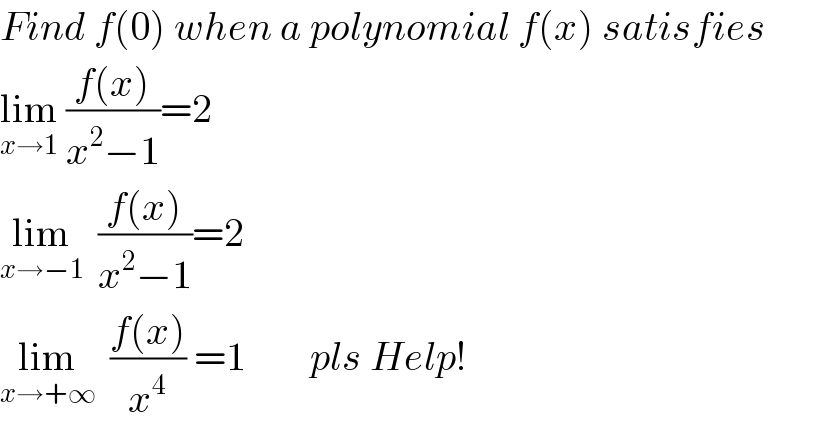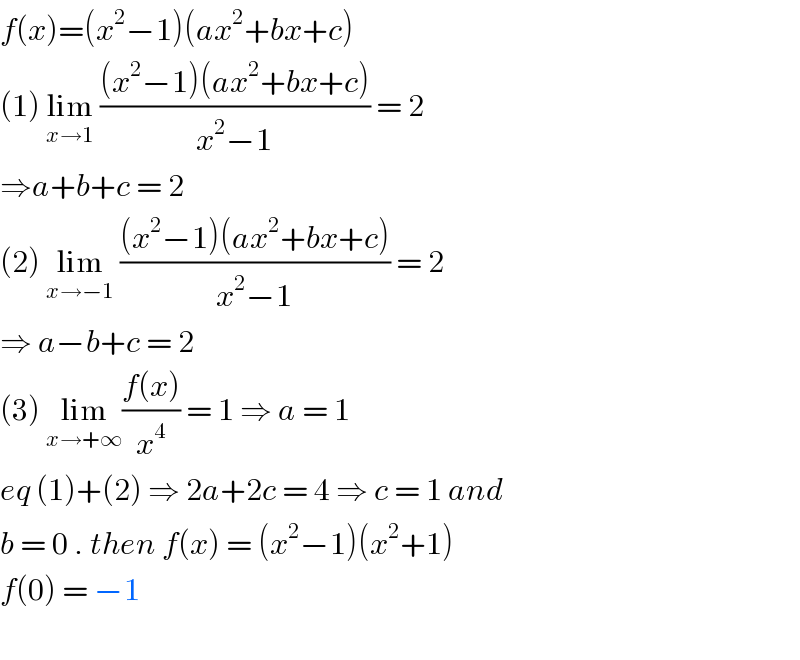
Question and Answers Forum
Question Number 94214 by abony1303 last updated on 17/May/20

Commented by john santu last updated on 17/May/20

Commented by john santu last updated on 17/May/20

Commented by abony1303 last updated on 17/May/20

Commented by i jagooll last updated on 17/May/20

